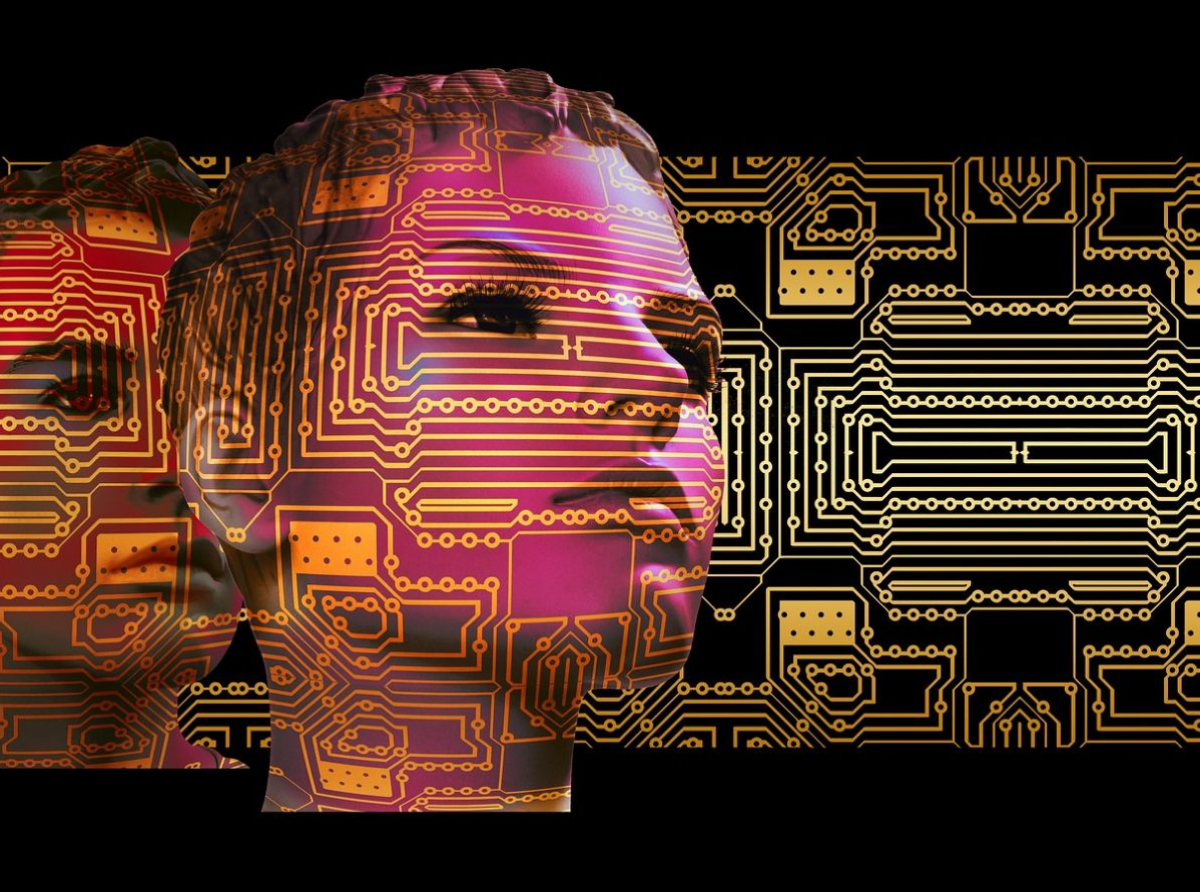Mariam Balavadze
In the modern era, the development of technology is an irreversible process. Humanity has reached a stage where artificial intelligence can perform tasks that were once possible only for humans, such as learning, problem-solving, understanding language, recognizing images and making decisions. AI can also generate photos and videos using someone’s image, creating content that isn’t real but appears to show events as if they actually happened.
This technological development has both positive and negative implications. This article explores its potential impact on gender-based violence.
The paper examines the nature of gender-based violence and the various forms in which it is perpetrated. It also evaluates the legal regulation of artificial intelligence on international level. It also analyzes relevant case law from the European Court of Human Rights concerning both topics.
Furthermore, the article considers both the positive and negative effects of artificial intelligence in the context of gender-based violence (including female journalists) and assesses the measures that states should adopt to mitigate its potential harms.





